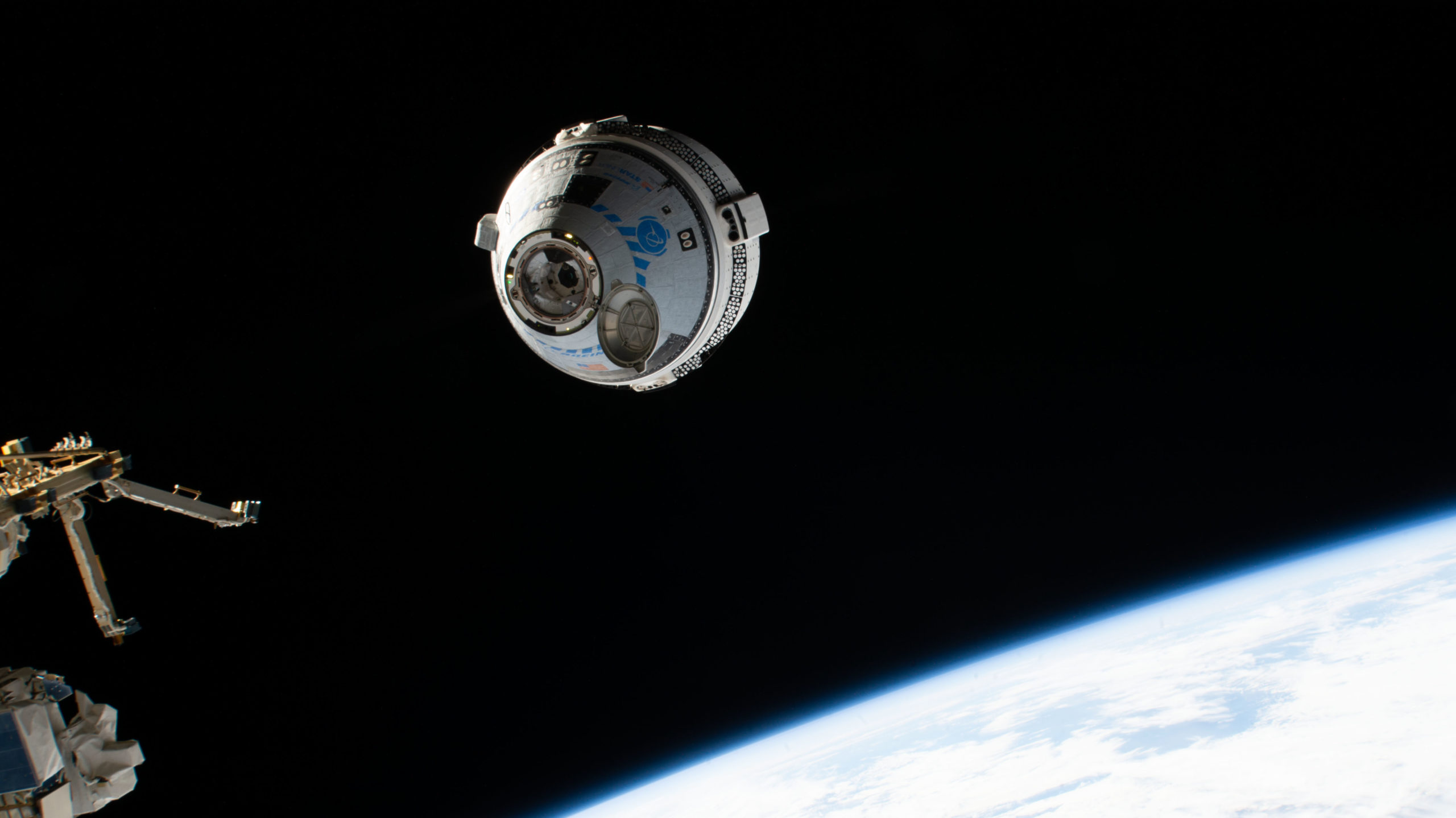
Three months to the day since Boeing’s CST-100 Starliner safely touched down under airbags and three perfect parachutes at White Sands Space Harbor, N.M., senior managers gathered on Thursday to discuss the program’s next milestone: a Crew Flight Test (CFT) to the International Space Station (ISS). Earlier this year, NASA named veteran ISS commanders Barry “Butch” Wilmore and Suni Williams to fly CFT, which is baselined to fly atop a United Launch Alliance (ULA) Atlas V booster no sooner than early February 2023. It will mark the first flight of humans atop an Atlas since “Original Seven” Mercury pioneer Gordon Cooper flew Faith 7, way back in May 1963.
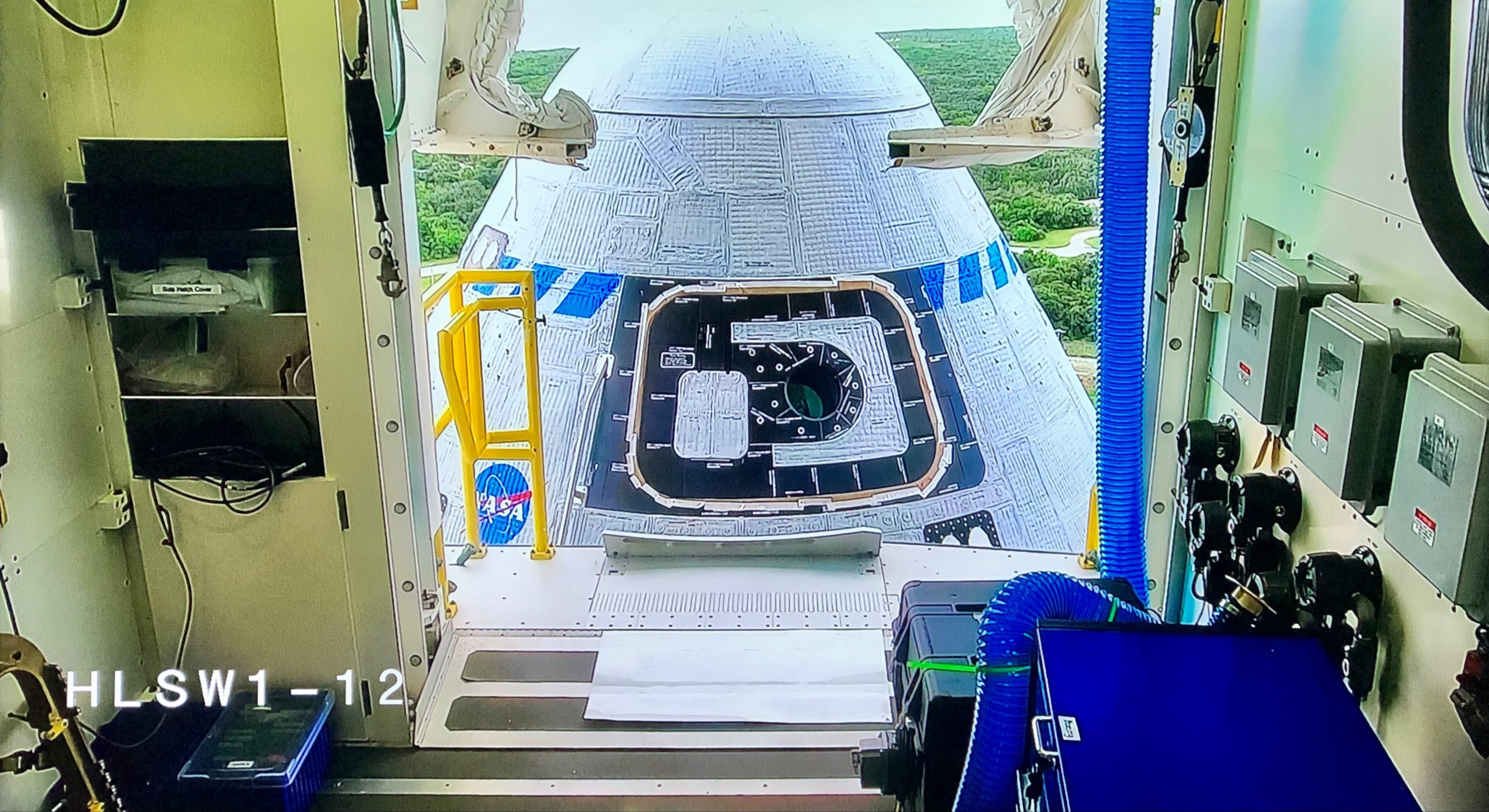
The crew complement for CFT has changed markedly since NASA astronauts Nicole Mann and Eric Boe, plus the final Space Shuttle commander and senior Boeing executive Chris Ferguson, were assigned to the mission way back in August 2018. Boe was withdrawn from the crew in January 2019 due to an undisclosed medical issue and replaced by veteran ISS commander Mike Fincke.
More recently, in the fall of 2020 Ferguson stepped down from command of CFT, for family-related personal reasons. His place was taken by former shuttle pilot, seasoned ISS commander and four-time spacewalker Wilmore, who had shadowed the CFT crew in a backup capacity since July 2018.

But still more changes were afoot. Just last October, NASA announced that Mann was also being rotated out of CFT to command Crew-5, shifting her focus from the CST-100 Starliner over to SpaceX’s Crew Dragon. Mann’s departure meant that none of the original CFT line-up from August 2018 will now end up flying the mission.
Wilmore and Fincke continued training for CFT until June of this year. At that point, NASA announced that Wilmore would retain his place in command of the mission but would be joined by veteran ISS commander and America’s second most experienced female spacewalker, Suni Williams. Per the August 2018 announcement, Williams was originally slated to command the first “operational” crew rotation flight, Starliner-1, also known as Post-Certification Mission (PCM)-1.
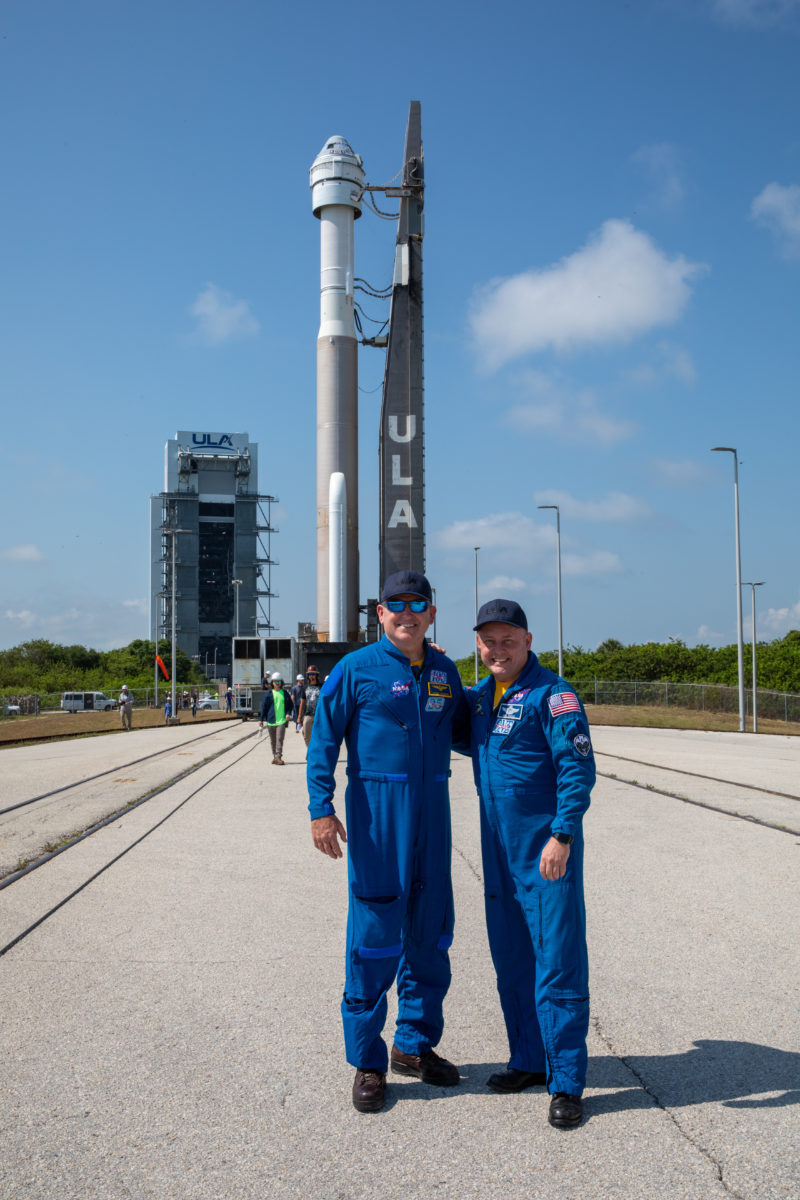
This unsettled crewing picture for CFT has been mirrored by an unsettled couple of years for the CST-100 Starliner program itself. Boeing won a $4.2 billion “slice” of NASA’s Commercial Crew contract back in September 2014 and launched the uncrewed Orbital Flight Test (OFT)-1 to the ISS in December 2019. But soon after reaching orbit, Starliner suffered an automated timing issue which obliged flight controllers to call off its ISS docking and it returned to Earth a couple of days later.
In doing so, OFT-1 became the first U.S. human-rated capsule to touch down on solid ground when it landed via a combination of parachutes and airbags at White Sands Space Harbor, N.M. Despite the disappointment of an incomplete mission, OFT-1 successfully trialed Starliner’s propulsion systems, communications systems, Guidance, Navigation and Control (GNC), the Environmental Control and Life Support System (ECLSS) and—via a series of in-flight extension/retraction tests—the NASA Docking System (NDS).
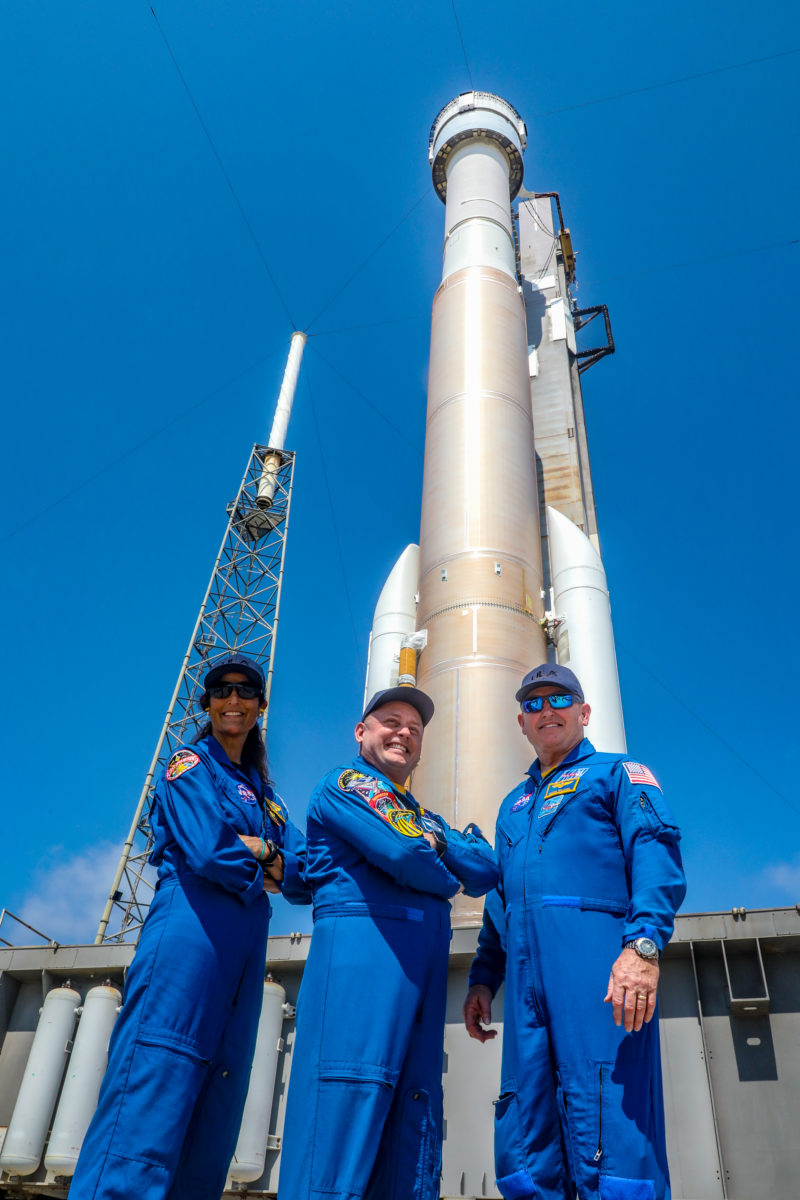
In April 2020, Boeing announced its intent to refly the mission, but additional troubles found OFT-2 delayed further from January 2021 to late spring and ultimately last summer. After being postponed a few additional days when Russia’s Nauka (“Science”) lab experienced a troubled approach and docking at the ISS, another problem in the form of an “unexpected valve position indication” in Starliner’s oxidizer system reared its head only hours before launch last 3 August.
The valves, which are linked to Starliner’s abort and maneuvering thrusters, failed to open as designed during the countdown. The launch attempt was scrubbed and OFT-2 was stood down indefinitely as teams dug in to understand and resolve the issue.
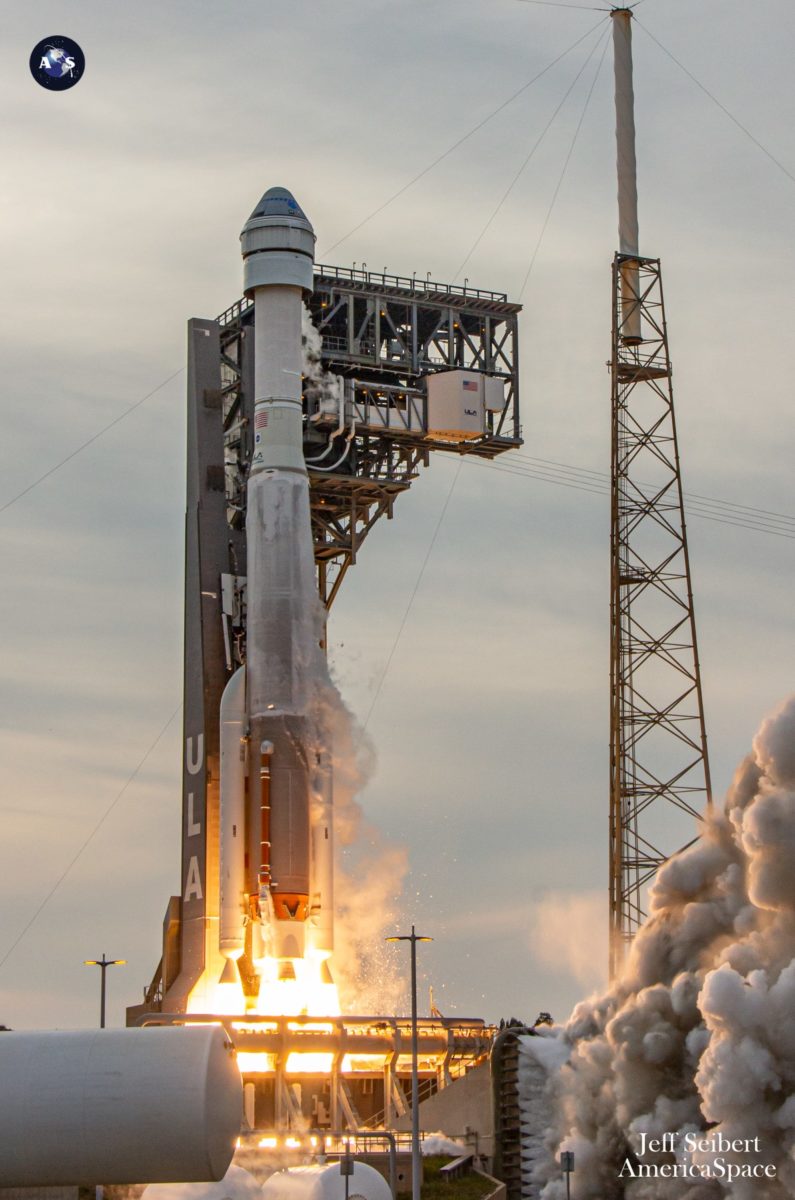
At long last, the mission got underway at 6:54 p.m. EDT on 19 May, rising atop an Atlas V from storied Space Launch Complex (SLC)-41 at Cape Canaveral Space Force Station, Fla. Aboard Starliner was “Rosie the Rocketeer”, an anthropometric instrumented dummy, clad in Boeing’s blue launch and entry suit, together with 500 pounds (225 kilograms) of NASA cargo and 300 pounds (135 kilograms) of Boeing cargo.
Starliner docked autonomously at the ISS the next day and was accessed and unloaded by the Expedition 67 crew. The spacecraft returned safely to Earth on 25 May, touching down at White Sands at 4:49 p.m. MDT (6:49 p.m. EDT).
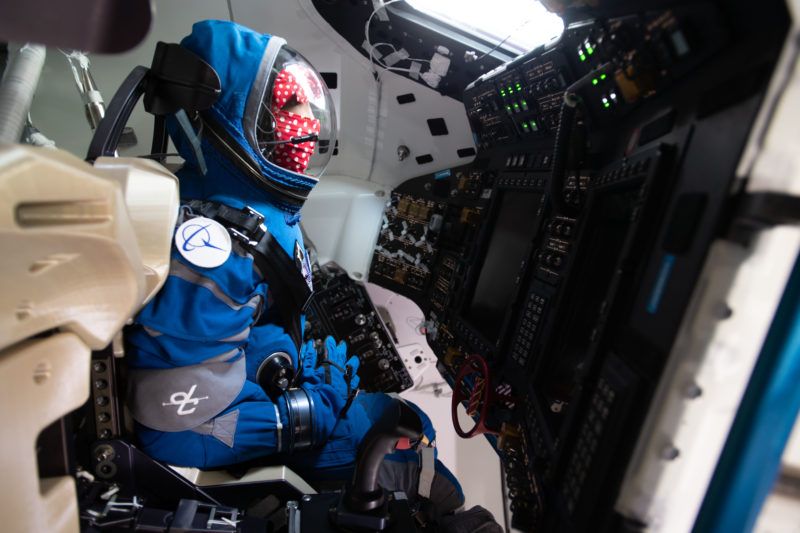
Three months later, at today’s media conference, Mark Nappi, Boeing vice president and CST-100 Starliner program manager, outlined his happiness with the observed performance of OFT-2. A total of 252 Flight Test Objectives were planned during the mission and teams plan to submit their final report tomorrow.
Mr. Nappi added that integrated systems “performed extremely well” and there are four open areas still to be addressed or changed prior to CFT. Specifically, these pertain to Starliner’s Orbital Maneuvering and Attitude Control (OMAC) thrusters, two of which shut down shortly after orbital insertion on OFT-2, and a deselection issue associated with the Reaction Control System (RCS). Inspections revealed that the OMAC issue was caused by debris and the RCS issue was due to low inlet pressures and delayed sensor responses.
The other two concerns which hampered OFT-2 related to high pump pressures in the Active Thermal Conditioning System, which caused restricted flow through the lines, and a flight software issue. Mr. Nappi explained that the resolution of these four areas has directly impacted the decision to move CFT from its original targeted launch date of No Earlier Than (NET) December and pushed it back about five weeks into early February 2023.
Current plans are for the Starliner Crew Module (CM) and Service Module (SM) to be mated in the Commercial Crew and Cargo Processing Facility (C3PF) at the Kennedy Space Center (KSC) in Florida in the November timeframe. A launch in early February will see Wilmore and Williams spend about eight days aboard the ISS, during which time they will support vehicle activities, plus research, utilization, commercial activities and technology demonstrations.
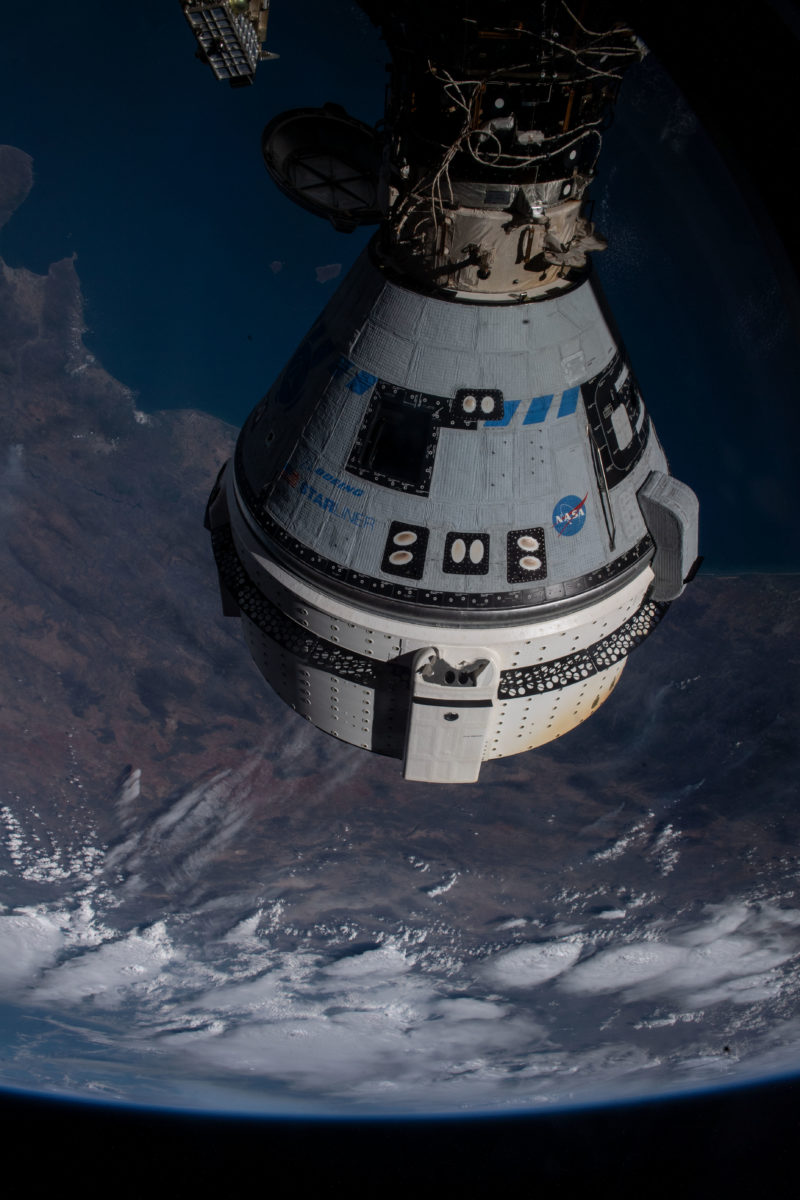
It is expected that a successful CFT in early February may set Boeing up for its first operational crew rotation mission, PCM-1, as early as the fall of 2023. If PCM-1 indeed flies with a long-duration crew in late 2023, it remains to be seen if SpaceX’s Crew-7 mission—for which NASA astronaut Jasmin Moghbeli and Denmark’s Andreas Mogensen were assigned as commander and pilot earlier this year—will correspondingly slip into the spring of 2024.
Plans thereafter call for one Starliner mission and one SpaceX Crew Dragon mission annually. Joel Montalbano, NASA’s manager of the ISS Program, noted that he intends to look at folding Boeing into the integrated crew contract with Russia later this fall, as a modification to last month’s existing agreement.
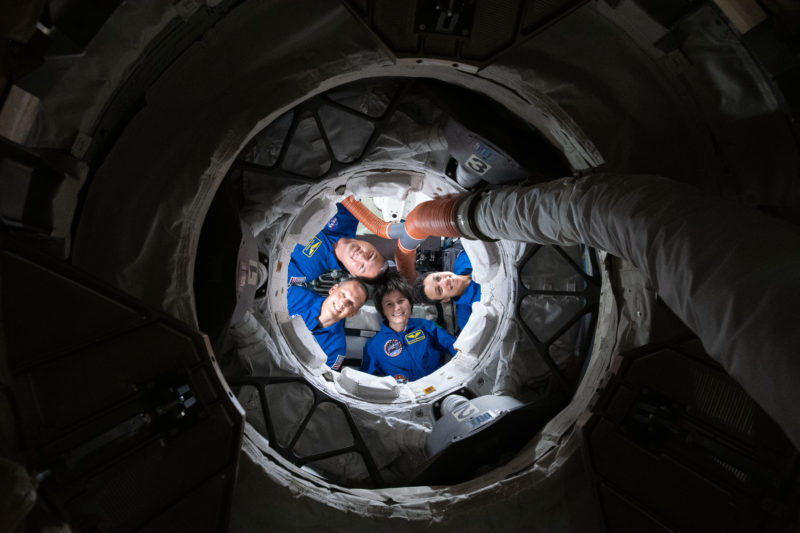
Early February is the most “available” timeframe for a busy first six months of 2023, which Mr. Montalbano described as “running, running, running”. A Cargo Dragon (CRS-27) is targeted to reach the station in the second week of January and undock about a month later, with the departure and arrival of Russian Progress freighters anticipated in February.
Added to that list, the second AxiomSpace commercial flight—Ax-2, commanded by America’s most experienced astronaut, Peggy Whitson—is scheduled for the early spring. Commercial Crew Program Manager Steve Stich also noted that the direct handover of Soyuz and Crew Dragon operations in February/March also factored into the decision.




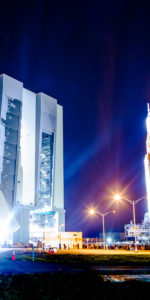
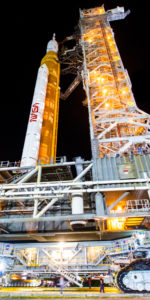
5 Comments
5 Pings & Trackbacks
Pingback:Crew-5 Ready for Wednesday Launch, Science-Filled Expedition 68 - AmericaSpace
Pingback:Crew-5 Launches Safely, Heads to Space Station - AmericaSpace
Pingback:Mighty Atlas V Launches JPSS-2 Weather-Watcher, NASA Re-Entry Demonstrator - AmericaSpace
Pingback:Mighty Atlas V Launches JPSS-2 Weather-Watcher, NASA Re-Entry Demonstrator - Techno Command
Pingback:Mighty Atlas V Launches JPSS-2 Weather-Watcher, NASA Re-Entry Demonstrator - Space News